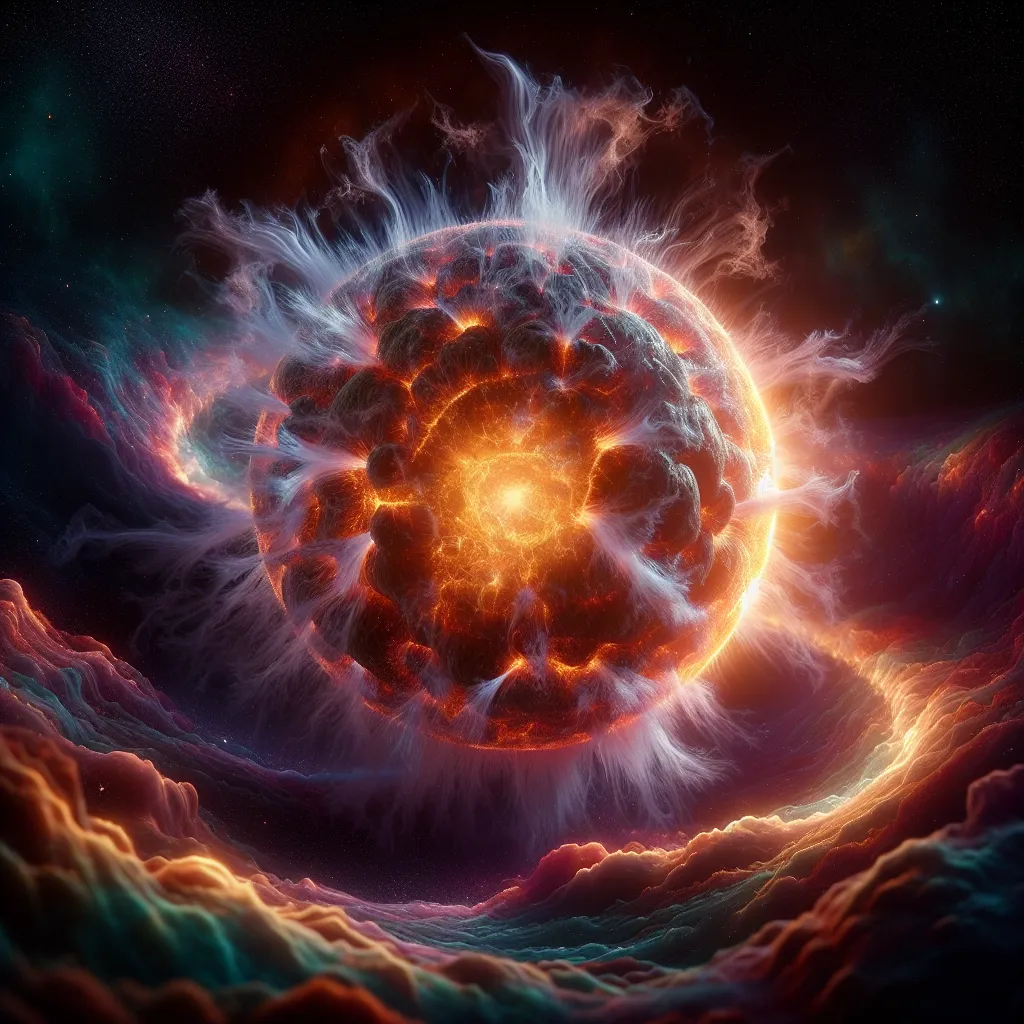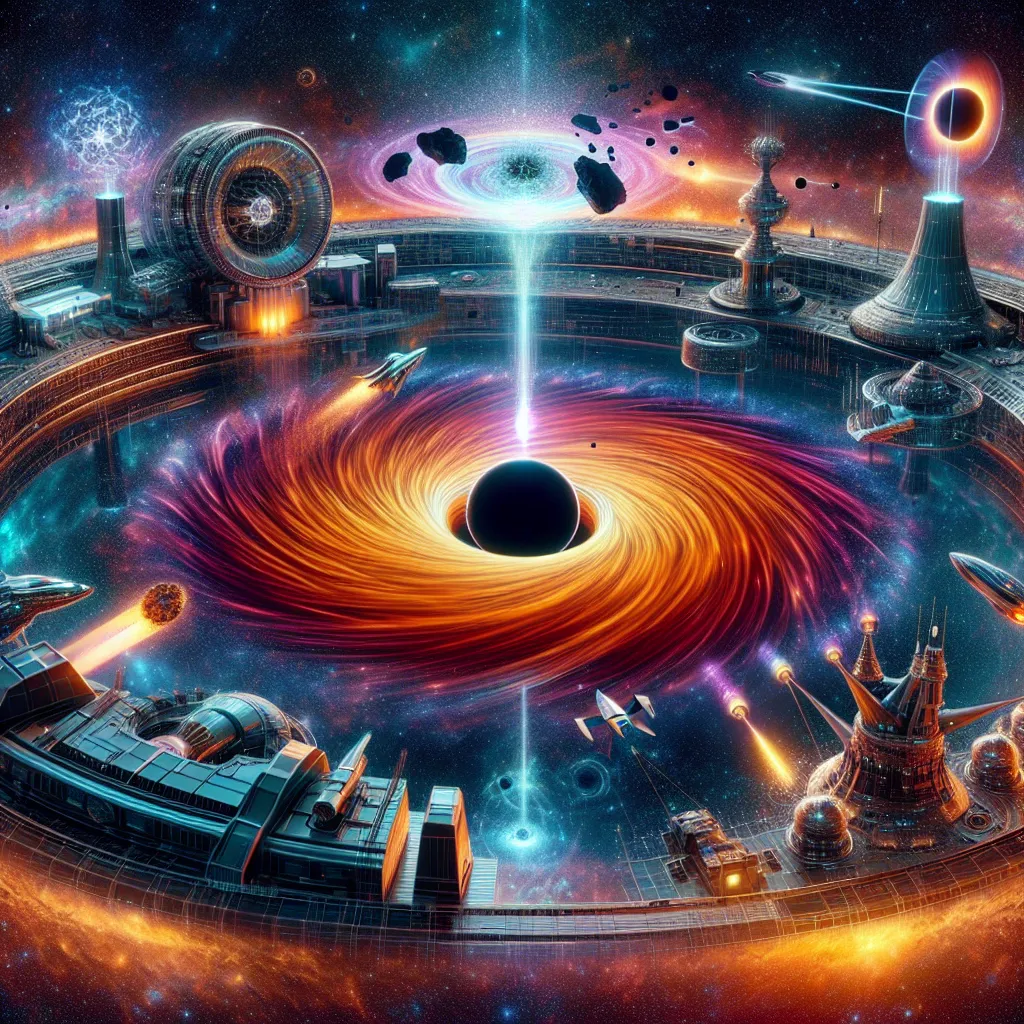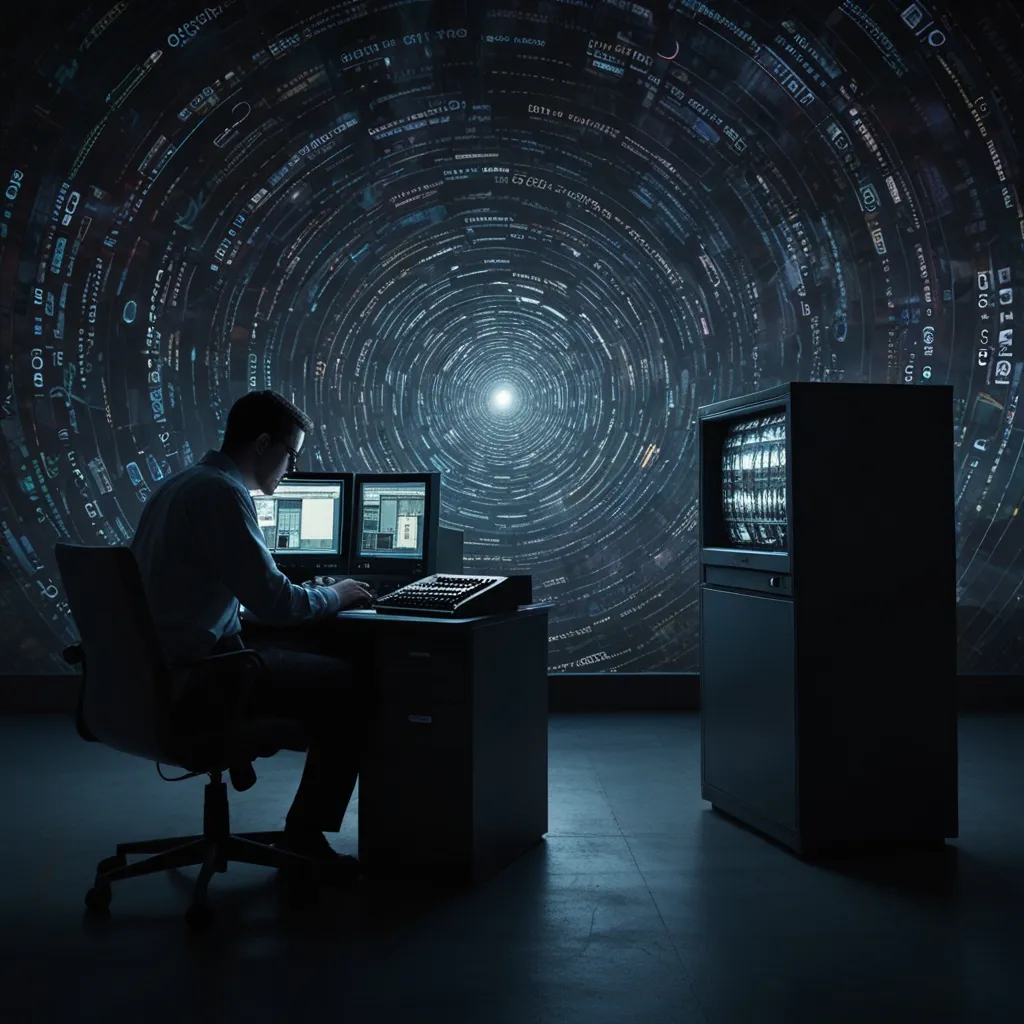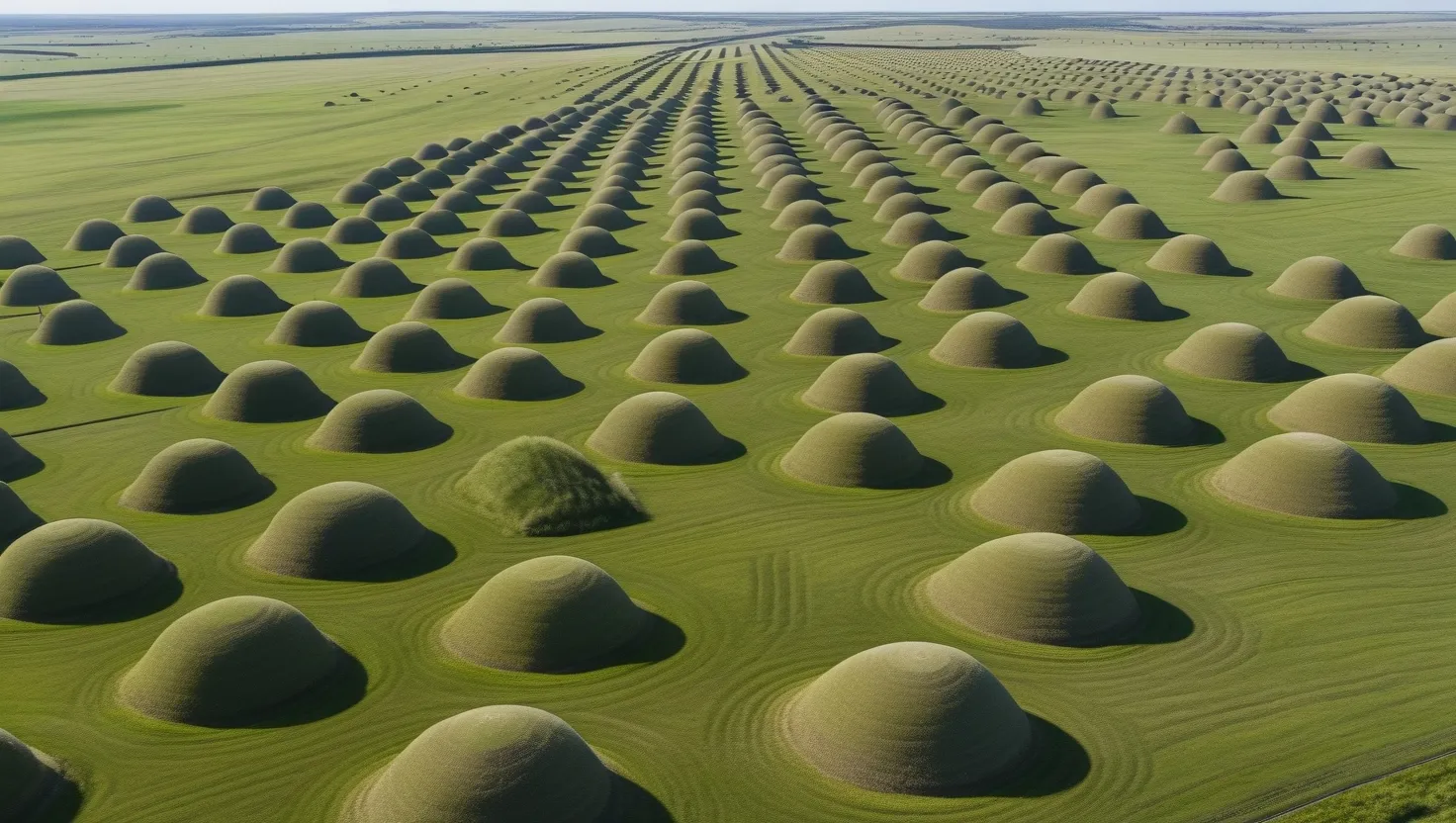Neutron stars are the densest objects in the universe, second only to black holes. They are the remnants of massive stars that have exploded in supernovas. In their cores, we might find a substance known as “strange matter.” This substance is so extreme that it bends the rules of the universe. It could either teach us about the origins of the universe or pose an existential threat by infecting and destroying everything it touches.
To understand strange matter, we first need to understand neutron stars. When a massive star explodes, its core collapses under gravity, forcing particles together violently. Electrons merge with protons to form neutrons. If the collapse continues, the core could become a black hole. Otherwise, it becomes a neutron star, a dense object the size of a city with the mass of our Sun. This creates an environment so extreme that the rules of nuclear physics change.
Protons and neutrons are made of smaller particles called quarks. Normally, quarks are confined within protons and neutrons, but inside neutron stars, the extreme conditions might cause them to deconfine. This could turn the core into a quark bath, creating a quark star. In even more extreme conditions, some quarks might convert into “strange” quarks, leading to the formation of strange matter.
Strange matter could be the perfect state of matter—dense, stable, and indestructible. Its stability might be so impressive that it could infect and convert all other matter into strange matter. If this happens, protons and neutrons would dissolve into the quark bath, spreading the strange matter.
A piece of strange matter, known as a strangelet, could drift through space for millions of years. If it hits a planet like Earth, it would quickly convert it into strange matter, turning Earth into a hot clump the size of an asteroid. If it strikes the Sun, it could collapse into a strange star, making the Sun less bright and causing Earth to freeze.
This scenario sounds terrifying, but for now, it’s just speculation. Strangelets might even be what makes up dark matter, holding galaxies together. Yet, Earth and the Sun have remained unscathed for billions of years, so it’s unlikely we are in immediate danger.
Understanding strange matter today could be crucial for unlocking the secrets of the universe’s birth and evolution. Just like the scientists who first explored electricity had no idea how it would revolutionize technology, those studying neutron stars and strange matter might be paving the way for discoveries beyond our wildest dreams. Or maybe not. Only time will tell.






